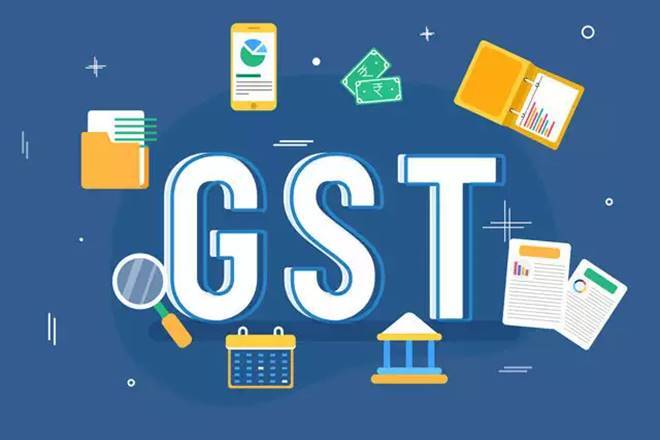Introduction.
The government requires money to maintain law and order in the country. Also, they need money for the welfare measures that promulgates and brings balanced development to the state. The fundamental source of income or revenue for any government comes through taxation as the government has the sole responsibility of managing the country’s economic growth and socio-economic condition.
A tax is a mandatory contribution a person makes to the state’s spending in all people’s common interests without any particular benefits allocated to an individual. A tax can be viewed as an enforced contribution to a citizen who is obliged to pay the taxes which is not possible for the businesses as they apply for GST online and manage taxes better.
Suppose you look at the tax history, the work tax derived from the Latin word ‘taxare,’ which means estimate. Taxation was first brought into place in ancient Egypt around 3000 BC- 2800 BC. During the dynasty of the old kingdom. Taxes are the only source to finance public goods as they are not expensive in the marketplace. It becomes crucial to design a tax system that does not lead to market distortion or failure in the economy. Tax laws should be competitive for revenue to be generated most effectively and efficiently.
Even in India, a tax system was introduced in ancient times. The existence of an early tax system can be seen in many old books such as Arthasastra or Manu-Smriti. Later, during the time of the British, the whole tax system was changed. The taxation is fully imposed, controlled, and updated by the central and state governments in India.
Types of taxes.
Direct tax – is a tax paid directly by an individual or an organization to an imposing institution like the government. Direct tax is a tax that has the impact and incidence of the taxation coming on the same company or person. This means a taxpayer cannot transfer the brunt of direct taxes to someone else. In India, the direct tax is enforced via income tax.
Indirect tax – will be levied on the goods and services. The direct liability to pay indirect tax is with the service provider/manufacturer/seller and so forth. The burden will be imposed on the consumers. As it is borne indirectly by the consumer, it is known as indirect tax. It is levied by a mediator from in individual who has to pay the tax. Keep in mind that the indirect tax burden will not be transferred in the form of taxes but as a part of the price of these goods or services.
Taxation in India.
The Indian tax system has undergone significant reforms in recent years. For easy tax payment, better compliance, and better enforcement, tax rates have been streamlined, and tax laws have been simplified.
Wealth tax – it is the tax on a company’s inventory of assets. It includes the total value of personal wealth, including real estate, bank deposits, cash, assets in insurance and retirement plans, proprietorship of incorporated companies, financial stocks, and personal trusts.
Income tax – under the income tax act, 1961, any person who is getting benefits and exceeds the total income to maximum exemption limit would be liable to pay income tax at the rate or rates stated by the financial law. An assessee can be a person, HUF, a group of people, an association, firm, company, local authority and so forth. A person’s residential status decides their total income in India prior to ITR filing. For tax reasons, an individual can be a resident, non-resident, or not an ordinary resident.
Types of indirect tax.
Sales tax – which is generally levied on the sale of all goods, is payable by a trader as part of trade regardless of whether interstate, outside of a state or importing to or exporting from India.
VAT – it is a multilevel tax system on imported goods. The tax is levied via the various delivery levels and production with credit for taxes already paid at every stage of their value creation. The inception of VAT at the state level is also the fundamental tax reform measure. Then existing state VAT replaced the VAT at the state level. All the government taxes on the buying and selling goods now will have to be subsumed in the VAT system.
Excise tax – it is the indirect tax levied on goods made in India.
Customs duty – it is also known as import duties and levied by the central government on Indian goods. The duty rate applied to the goods relies on the goods’ taxonomy determined as per the customs staff.
Service tax – it was brought into place in 1994. It was introduced with only three services such as general insurance, stock brokerage, and telephone. Now, almost all services come under the purview of service tax, excluding those which are mentioned in the negative list. A continued increase in the rate of service tax was observed.
Due to specific limitations of the pre-GST era, such as cascading effect of taxation, multiple taxes were challenging to manage and collect it required more paperwork. GST was introduced on the 1st of July, 2017, through implementing the 101st constitutional amendment by the Indian government. The GST subsumed the many indirect taxes by the central and state government. GST has been divided into various tax slabs. Nonetheless, alcoholic beverages, petroleum products, and electricity have not been covered yet under the GST and are taxed separately by individual governments under the tax system.











